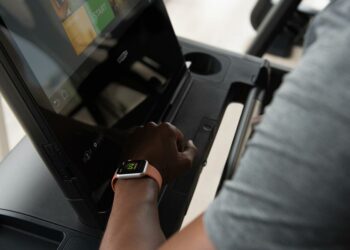Apple’s Health application in addition to its motion tracking sensors makes it very easy to monitor your physical activity and the motion tracker takes note of the amount of steps you, total distance traveled, and even the altitude of activity. But for folks concerned with battery life or that don’t use fitness trackers, you may want to disable the Motion and Fitness tracking for your device. In this article let us discuss about how to enable/disable motion and fitness tracking on iOS by following the steps given below :
Steps to enable/disable motion and fitness tracking on iOS :
Actually these motion and fitness are enabled by default and runs on background, this is the one of the important point maximum number of users are not aware. Running on the background allows your iPhone to keep track your all your without you needing to have particular application open.
All applications that you allow motion tacking can be found in the Motion and fitness section. Some people are telling that if you run applications constantly on background which leads to drain the battery life fast. Yes, there is a possibility to drain the battery life quickly.
If you want to disable the motion and fitness tracking application on iOS then follow the steps given below :
- Initially open the settings application on your iOS device and find the privacy option.
- In the privacy scroll down and select Motion and fitness.
- Now toggle the switch for Fitness and tracking.
 When you disable Fitness Tracking, all applications that used the system, including the Health App, third-party apps, and most sleep monitors will no longer retain motion feedback. This means that even if you take 10,000 steps, your phone won’t record that information for you. So, if you are an avid user of the Health app or other motion tracking apps, then its better to leave Fitness Tracking ON. If you wish to re-enable Fitness Tracking, simply slide to toggle back to the ON position.
When you disable Fitness Tracking, all applications that used the system, including the Health App, third-party apps, and most sleep monitors will no longer retain motion feedback. This means that even if you take 10,000 steps, your phone won’t record that information for you. So, if you are an avid user of the Health app or other motion tracking apps, then its better to leave Fitness Tracking ON. If you wish to re-enable Fitness Tracking, simply slide to toggle back to the ON position.






















